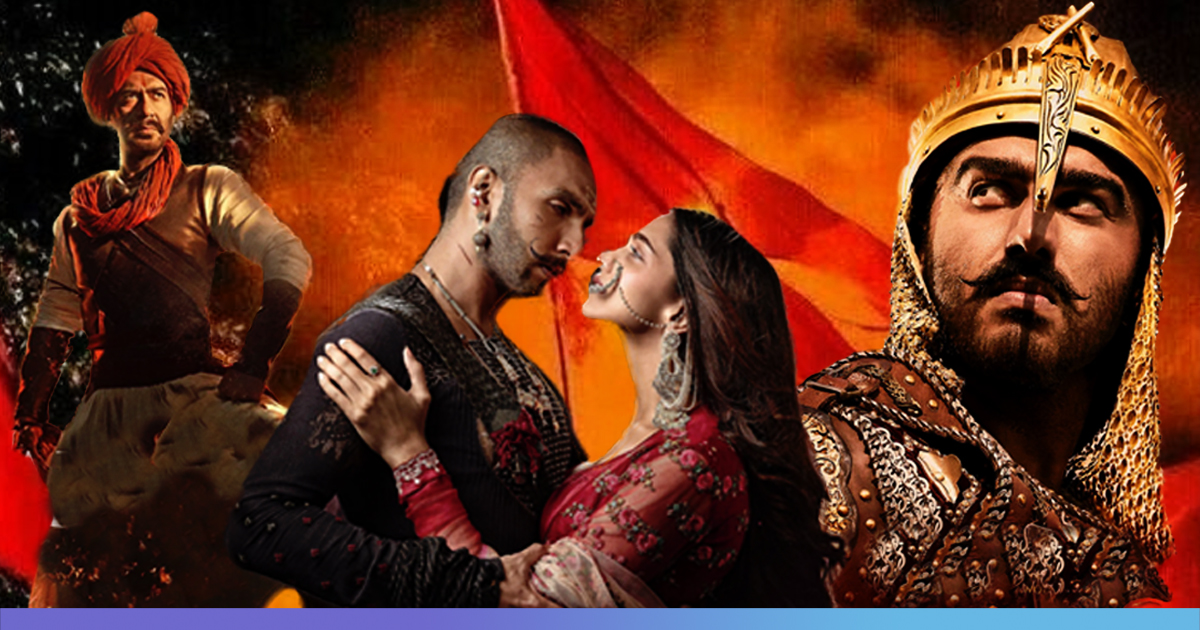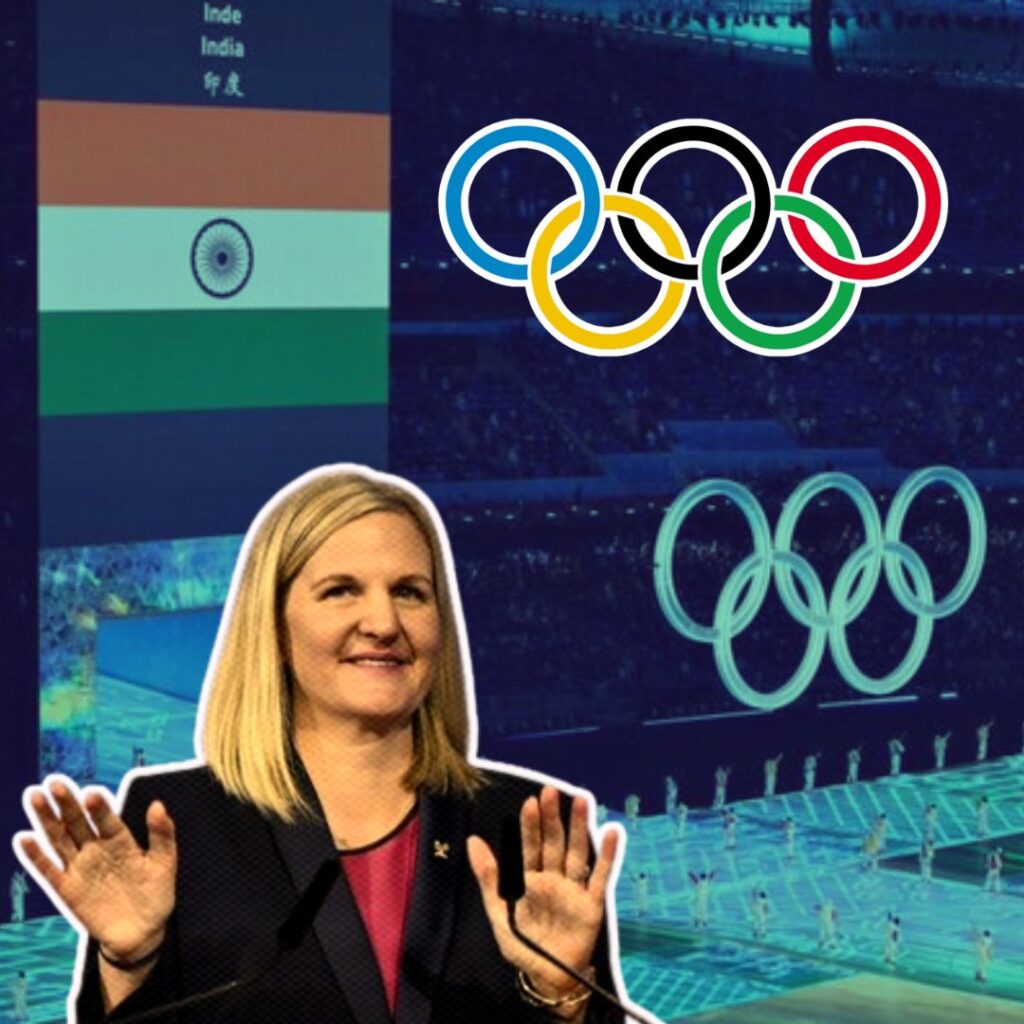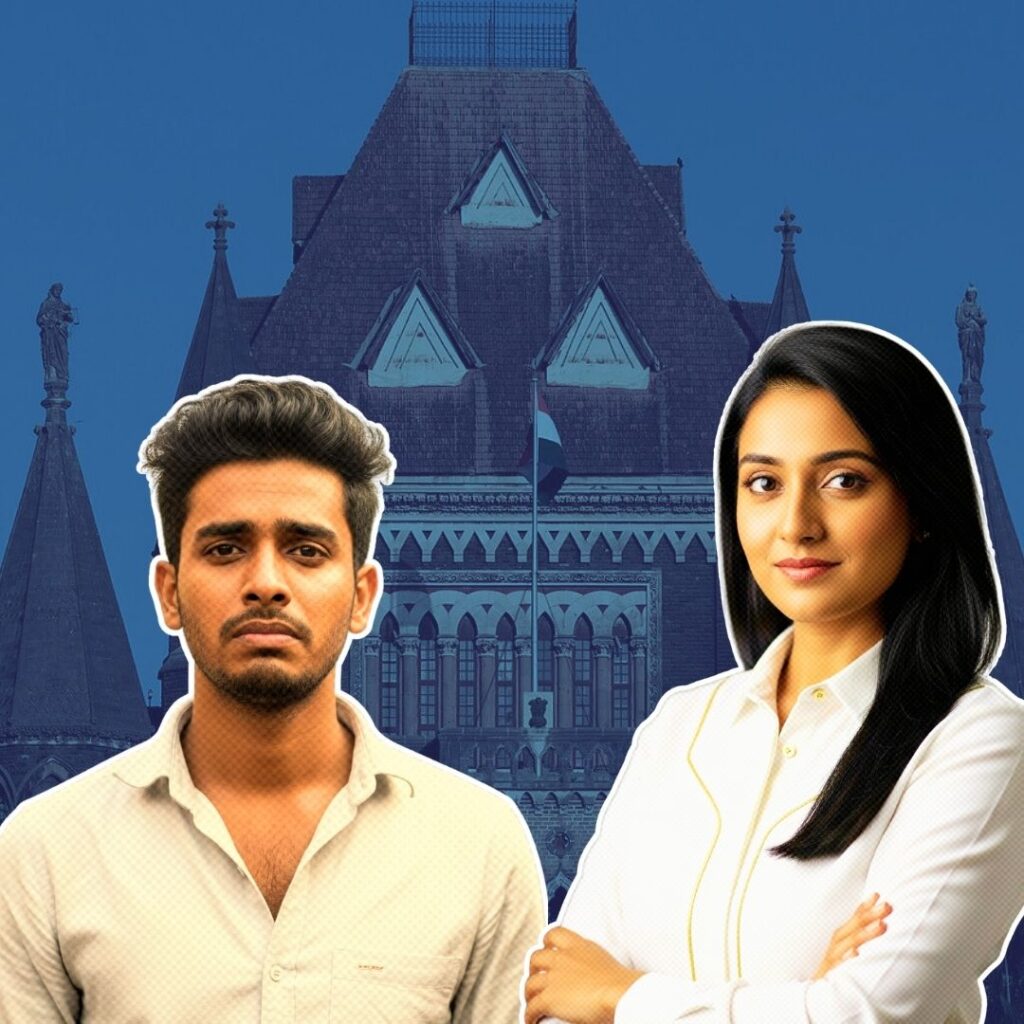Since 2015 Bollywood has given India many films that are âinspiredâ from history but arenât quite history in any sense.
Instead of creating their own heroes or legends for their âimaginativeâ and âinspiredâ artworks, Bollywood chooses the premise of real events, stories, and places â without being bothered to even change the names of their projected characters.
The makers of these films have often argued that it is their artistic right to âreimagineâ history and look it through a kaleidoscope of possibilities. However, all of these recent âworks of artâ have conveniently aligned with the saffronized version of the same historical story.
Thus, we might be soon subjected to a film that showcases the life of Jawaharlal Nehru (as the grandson of an Afghani migrant, Ghiasuddin Ghazi), who was a âMuslimâ born in a brothel in Allahabad.
Laughable to the ones well-read and aware, these âhistoriesâ are sinister and pervasive with a growing constituency of Indians who consume these figments of Hindutva-inspired imagination as hard and fast truths.
RSS stalwarts have time and again called for the ârewritingâ of history and the most recent statement of this fashion came from the Union Home Minister, Amit Shah â who called for a revision of history from an âIndian standpointâ.
Therefore it is not too hard to draw a parallelism between BJPâs ascent to power and the rise of jingoist Hindi cinema.
Old and watched: Bajirao Mastani, Padmaavat, Manikarnika, Kesari Panipat and Tanhaji
The plot is almost the same each time â a glorious war over land or morals is fought, unfailingly against a âMuslimâ antagonist.
Panipat Poster of the film/Wikipedia
The movie is spun around the rhetoric of âgood vs evilâ, represented by janehu-dhaari Peshwas and diabolical-looking Ahmad Shah Abdali. The presentation of the characters is so obviously clichéd that they cement in the viewerâs conscience as âHindu vs Muslimâ.
The filmâs title is accompanied with âthe great betrayalâ perfectly coinciding with Amit Shahâs overused hyperbole of the 1761 battle. At a party meeting before the 2019 Lok Sabha elections, Shah had said that the BJP had to win the polls as they were like the battle of Panipat, which could not be lost this time.
However, as per history, Aurangzebâs demise saw the Mughal empire waning at its seams. Concurrently, the Marathas were increasing their foothold across the Land of the Indus virtually ruling Delhi by the middle of the 18th century.
The 27-year Mughal-Maratha war (1680â1707) had financially crippled the Mughal empire and help the Marathas make rapid territorial gains. In 1737, the Mughals were defeated with much of south of Delhi coming under Maratha control.
Abdali, after having looted the rulers at Delhi at that time, had appointed Afghan governors in Punjab to overlook the region for him. But Imad-ul-Mulk â a political influencer of the time, invited the Marathas to invade Delhi and drive out Najid-ud-Daulah â a Rohilla chief planted by Abdali.
Peshwa Baji Raoâs younger son, Raghunath Rao acted on the invitation and lead the conquest by invading Punjab in 1758, subsequently bringing the Marathas into direct confrontation with the Durrani empire of Ahmad Shah Abdali.
The defeated Najid-ud-Daulah appealed to Abdali, who sent his son Timur Shah to help. But Timur lost to Raghunath Rao and forcefully returned.
âNow this entire incident of defeating Timur Shah was taken very personally by Abdali as he stormed through India and ransacked Mathura and Delhi, engaging in national looting and arson on the way,â says Dr Avkash Jadhav, Head of History department, St Xavierâs College.
This triggered the third battle of Panipat and Abdali defeated Sadashiv Rao Bhau â Peshwaâs cousin, driving the Marathas out of the north for decades to come.
The battle was fought between the combined forces of Durrani, the Rohillas of Doab (Afghans by origin) and the Nawab of Awadh. Shuja-ud-Daulah, who was the Nawab of Awadh at the time was being called by the Marathas as well as the Afghan army to act as an ally and he made the decision to join the Afghan-Rohilla coalition.
Neither the Rajputs nor Sikhs agreed to join the Marathas in battle â largely owing to the failing Maratha diplomacy since Shivajiâs demise, and the rest is history.
Around 40,000 or 50,000 Maratha soldiers were killed, however, Abdali made no territorial gains and left the region after winning in Panipat.
The movie showcases the battle as a fight to defend India from foreign invasion.
In the trailer, Sadashiv Rao Bhauâs mother says, âIss baar Abdali ko aisa sabak sikhao ki woh Hindustan ki taraf dekhne ki himmat bhi na kareâ (teach Abdali such a lesson that he wonât dare to even look towards India).
And in addition, Arjun Kapoorâs character also says, …











